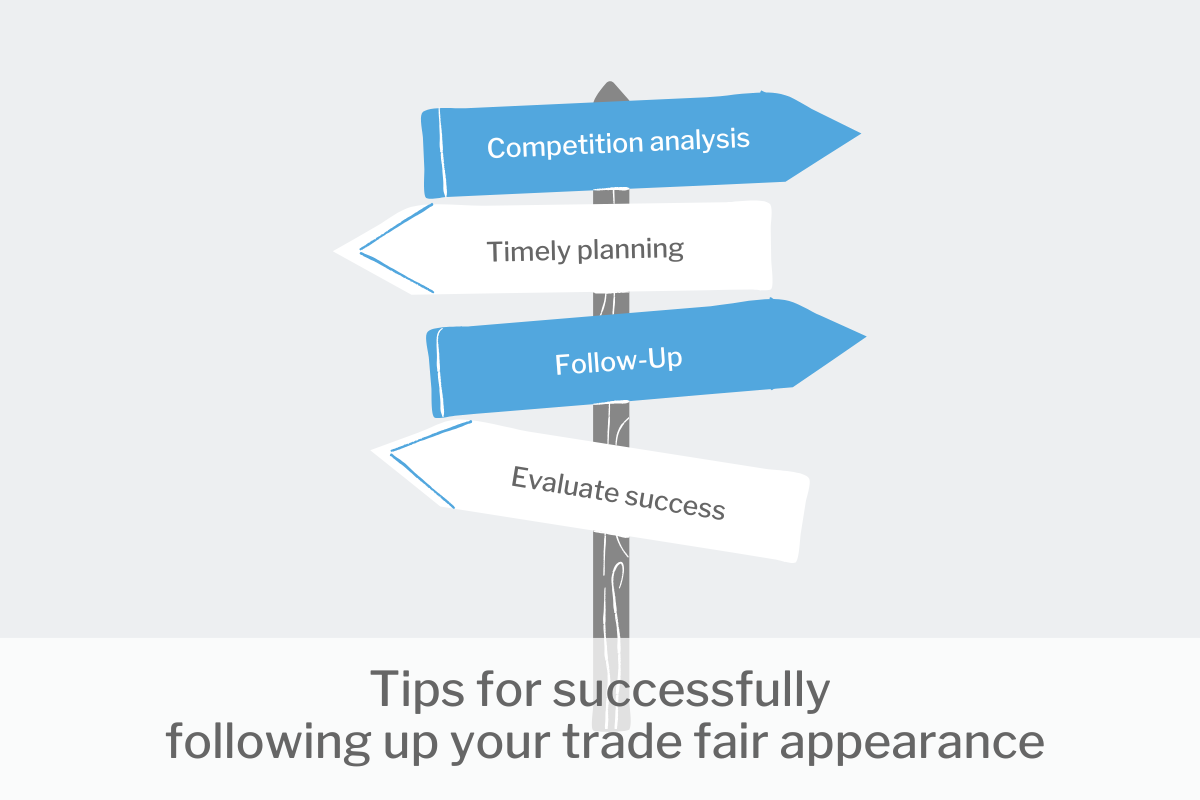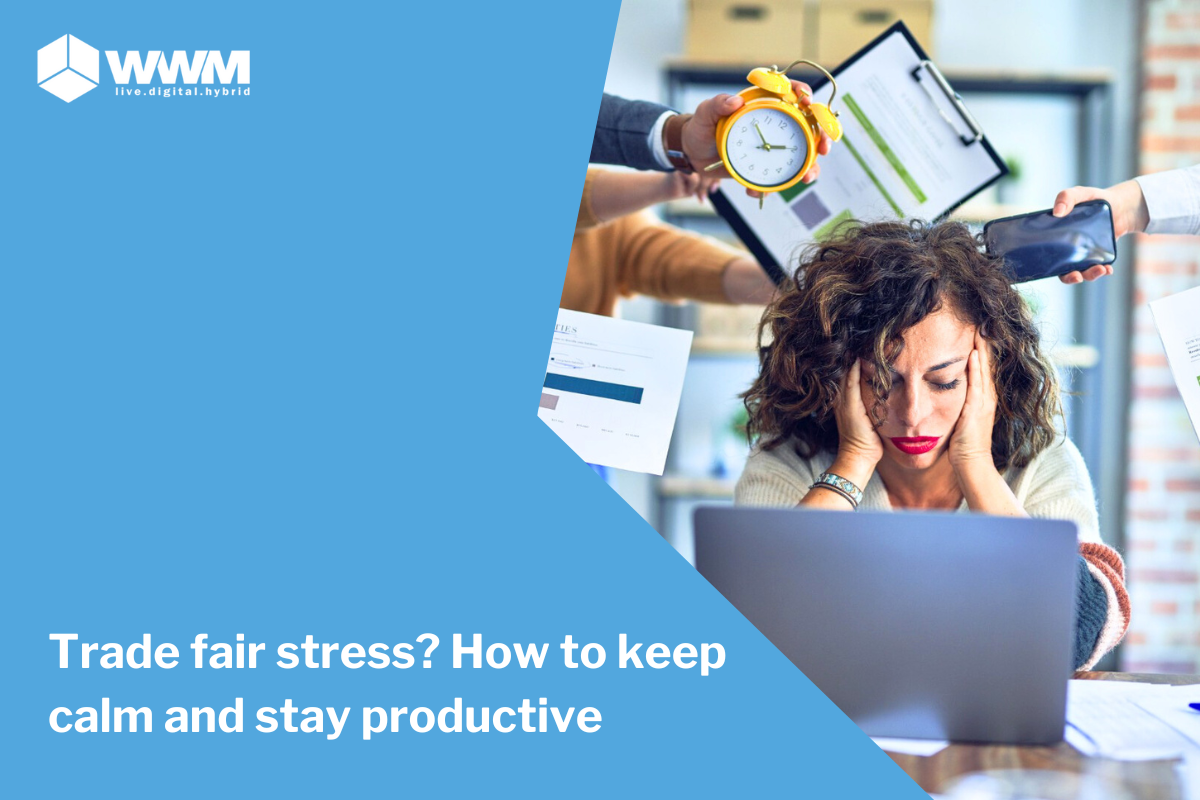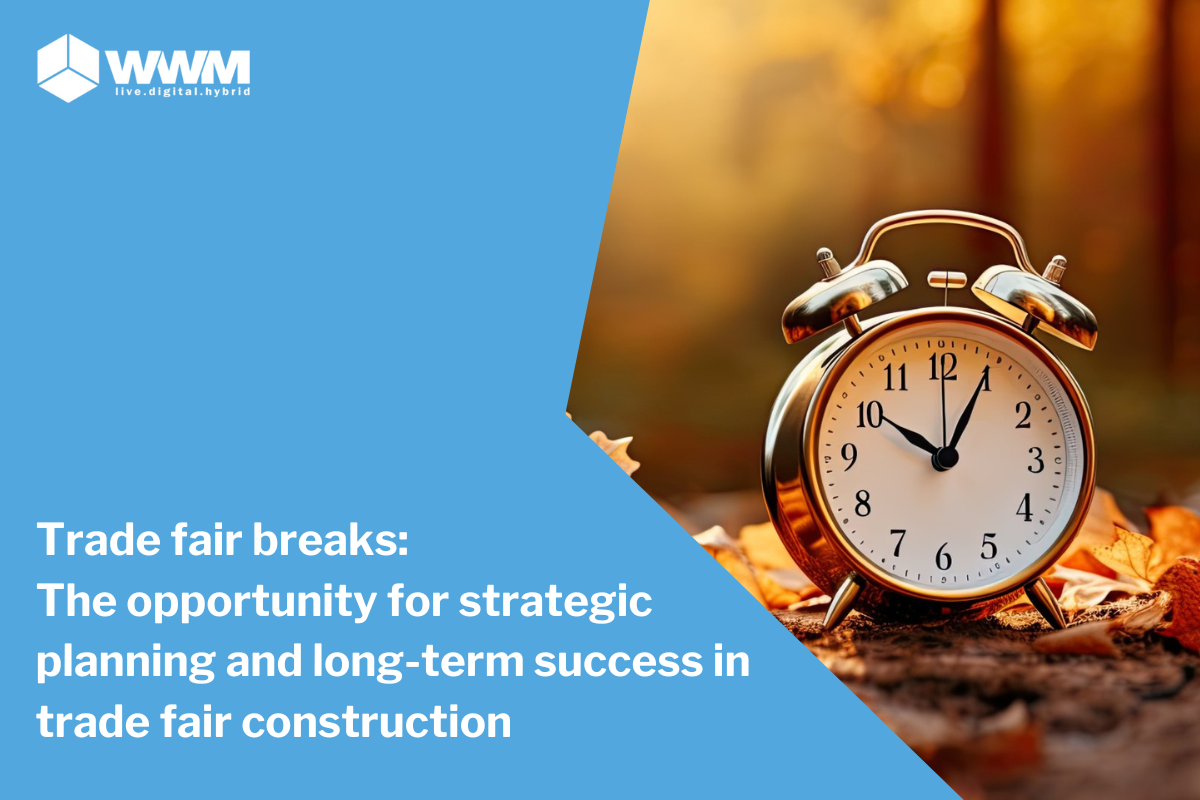Guaranteed success for your trade fair appearance: Perfect staff!
It was finally time again! It was my third time at FIBO. Back then it was still in Essen. I set off with two colleagues in good time to be one of the...

Trade fairs offer companies an excellent opportunity to acquire new customers and business partners and to find out about the latest trends and developments in their industry. However, to ensure that a visit to a trade fair is actually successful, careful preparation and equally thorough follow-up are essential. In this article, you will learn how to successfully follow up after a trade fair and get the most out of your visit.
The aim of trade fair follow-up is to reflect on and analyse the results and experiences of the trade fair in order to derive insights and recommendations for action for future trade fairs.
The main aim of trade fair follow-up is to measure and evaluate the success of the trade fair, for example by analysing the number of contacts, the attention generated, the number of sales or the quality of discussions with potential customers.
Based on the results of the follow-up, specific measures can then be developed to improve the trade fair presentation and the company's own performance at future trade fairs.
The trade fair is over, you have made a large number of contacts and gathered a lot of information. But what do you do now with all these impressions? In order to fully utilise the potential of your trade fair visits, you should develop a strategy for follow-up in advance of the event.
Determine in advance of each trade fair participation
wwhat goals you are pursuing with your trade fair visit,
what information you need and
which contacts you would like to make
This way you can ensure that you take a targeted approach after the trade fair and save valuable time.
It's important to compare your own exhibition stand with those of your competitors to have a better understanding of how you can stand out from other companies. A comparison can help you identify the strengths and weaknesses of your own stand and see what other companies in your industry are doing.
By comparing, you can see which elements of your competitors' stands work particularly well and which are not so good. This can help you improve your own ideas and develop new ideas to make your exhibition stand design even more appealing.
In addition, by comparing your stand with those of your competitors, you can also better understand how your company compares to others in your industry. Once you know where you stand in relation to your competitors, you can take targeted measures to set yourself apart and improve your market position.
After the trade fair, you will probably have collected a large number of business cards, brochures and notes. Before you start the actual follow-up, you should sort and prioritise this information. Sort the business cards according to relevance and interest, highlight the most important information in the brochures and summarise your notes. This will help you to keep an overview and access the contacts and information that are relevant to you.
Tip: Ideally, you should have already digitised notes, contact information and parts of conversations during the trade fair and created automated tasks in a system. This makes your work after the trade fair easier and ensures that you get in touch with interested parties promptly.
Once you have sorted your contacts and information, you should prioritise and set specific goals for the follow-up. Think about
which contacts are most important for your company and
what goals you are pursuing with these contacts.
For example, do you want to arrange a follow-up meeting, initiate a collaboration or simply establish a contact? Also determine which information is of particular relevance to your company and what measures you need to take to utilise this information.
Maintaining contacts is one of the most important aspects of a successful trade fair follow-up. Get in touch with your most important contacts promptly and thank them for the conversation.
Prioritised contacts should always be called by you personally, while less important contacts can be contacted with a follow-up email. However, you should still personalise automated emails and adapt them to the wishes and needs of the contact if possible.
Use the opportunity to ask further questions and return to topics already discussed at the trade fair. The following applies here: the more information you have noted down during the trade fair, the easier it will be to start the conversation after the trade fair. Your contact will feel that they are in good hands because you have not forgotten their needs.
At the end of the trade fair follow-up, it is important to evaluate your own trade fair presence and record your successes.
Was anything missing at the stand and which elements of the competitors' stands attracted the attention of the trade fair visitors?
Were the stand personnel well prepared for the trade fair participation and did the organisation of the personnel match the flow of trade fair visitors?
Were the available advertising materials sufficient and were the products on display at the stand of interest to the trade fair visitors?
You should track the number of new contacts you made at the show, the number of follow-up emails and calls you made and the number of deals you closed. This allows you to assess how successful your participation at the trade fair was.
You can visualise these key figures in a funnel and calculate the costs of your trade fair presence down to the individual contacts/leads. You should always create a written report. This allows you to compare individual trade fair appearances with each other based on data and measure success.
While in online marketing we evaluate all campaigns on the basis of KPIs, in live marketing we still too often rely on our own gut feeling, which is too imprecise and prone to error for a detailed evaluation.
There are technologies that measure visitor flows in compliance with data protection regulations and evaluate trade fair visitors, stand visitors and their behaviour. You can track data live online or in the app and take measures during the trade fair to increase its success. For this purpose, small sensors are ‘hidden’ on the exhibition stand, which take measurements in various radii via WLAN technology.
Find out more about visitor measurement at the trade fair stand

It was finally time again! It was my third time at FIBO. Back then it was still in Essen. I set off with two colleagues in good time to be one of the...

Trade fairs are dynamic and often challenging events where numerous tasks are carried out in parallel every day. Maintaining an overview and working...

Between the peak phases of the trade fair world lies a time that is often underestimated - the trade fair break. But it is precisely now that it is...